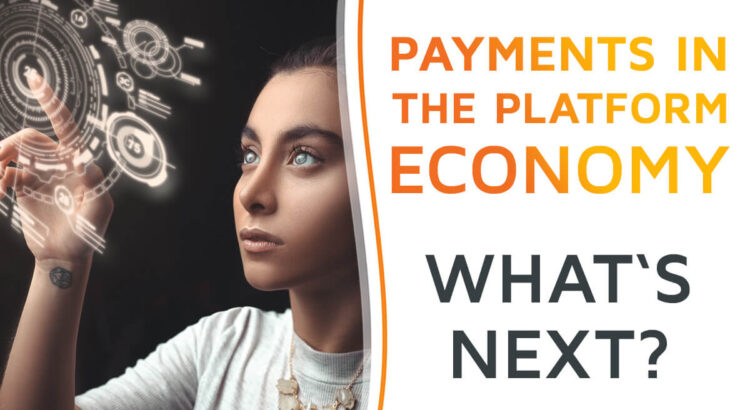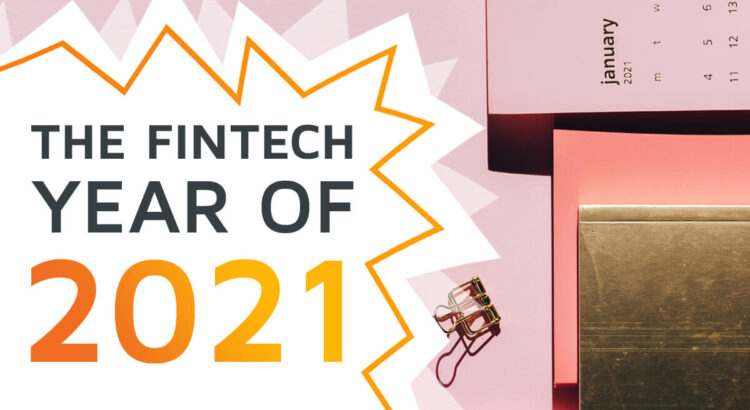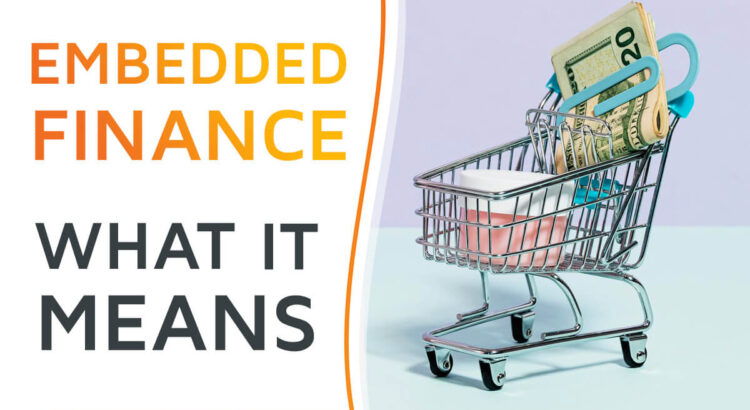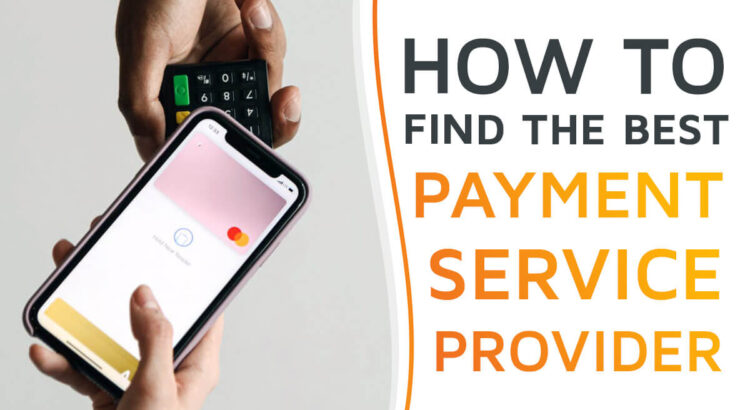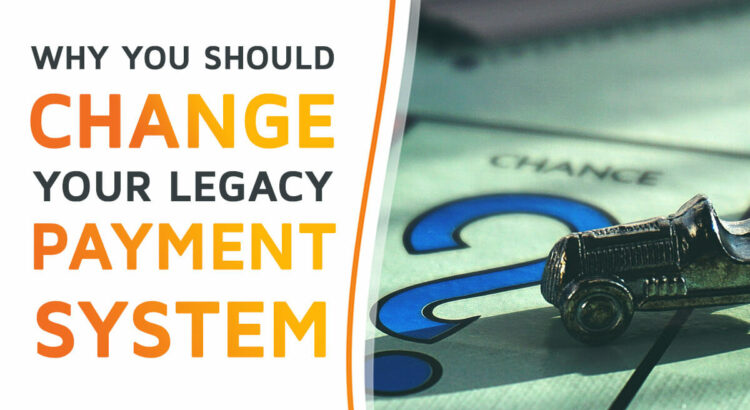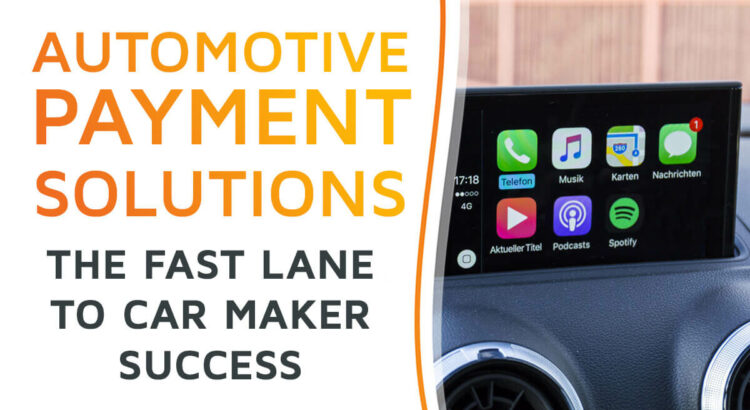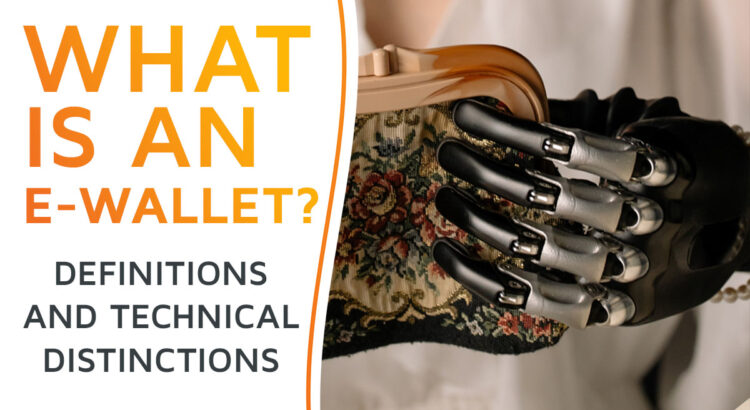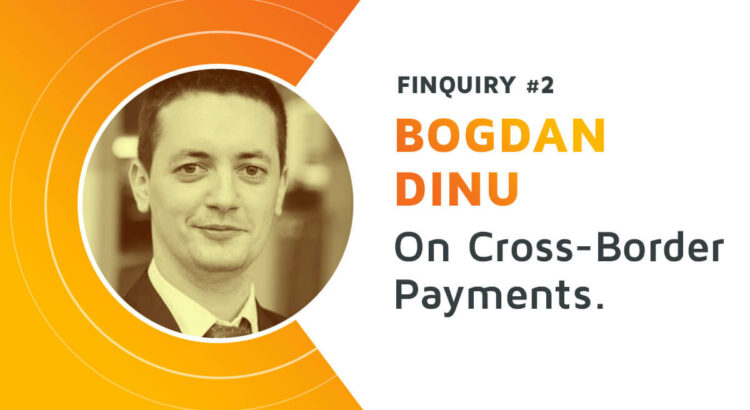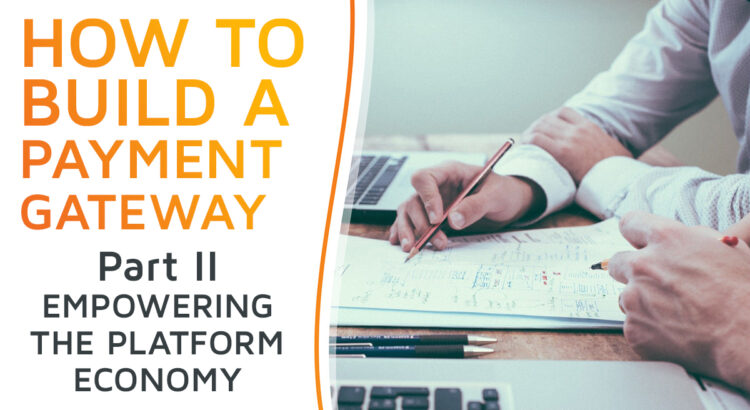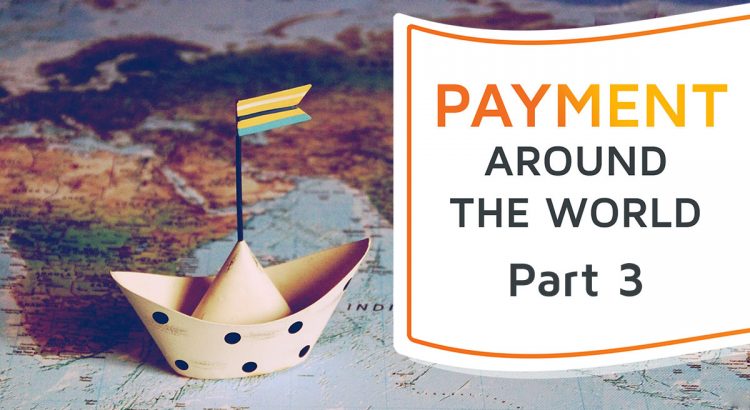
If you live in a developed country in the modern world you probably do your shopping on Amazon, connect with your friends on Facebook, book your apartment for holidays via Airbnb, order a pizza at Delivery Hero and call an Uber car if you don’t want to drive yourself.
Each one of these companies is an example of a digital platform business and all together they build a so-called “platform economy”.
There are many definitions of what a “platform” is. In the broader meaning, a platform can be any kind of online sales, transaction or technological framework allowing people to connect for any kind of economic, technological or social interaction. Some sources differ between “online matchmaking” and “innovation” platforms, some mention more types of platforms, for example, “innovation platforms” (like Apple iOS or Google Android), “transaction platforms” (like Airbnb, Etsy), “integration platforms” (combining capabilities of innovation and transaction platforms) and “investment platforms” (like Priceline or OpenTable). There is no unique approach in the classification of the platforms.
In the context of this article, we will look at the digital matchmaking platforms (also called transaction platforms) in the first place, like the above-mentioned Amazon, Airbnb, TaskRabbit, Etsy or eBay. The goal of these businesses is to give their users the opportunity to find a service, worker, resource or product that is best fitting to their needs with the lowest possible transaction costs. We will have a special focus on how those platforms are doing the payment processing part for their customers as we believe that frictionless payment is one of the key success factors for online matchmaking providers. And the most interesting challenge would be to try predicting how the payment experience may look in the next stage of economic development, in the so-called post-platform world.
Read More